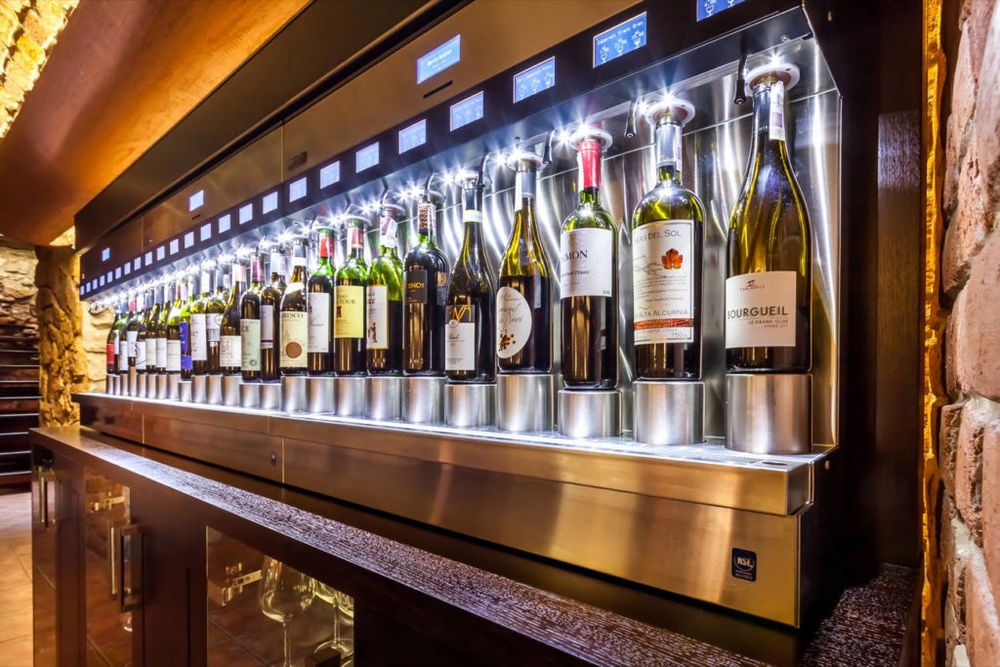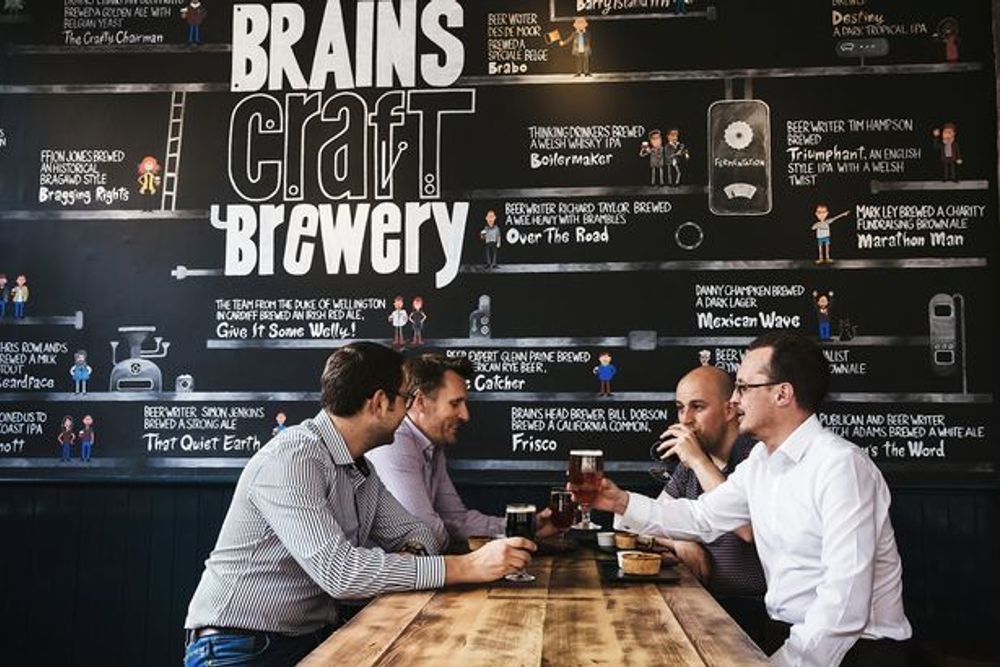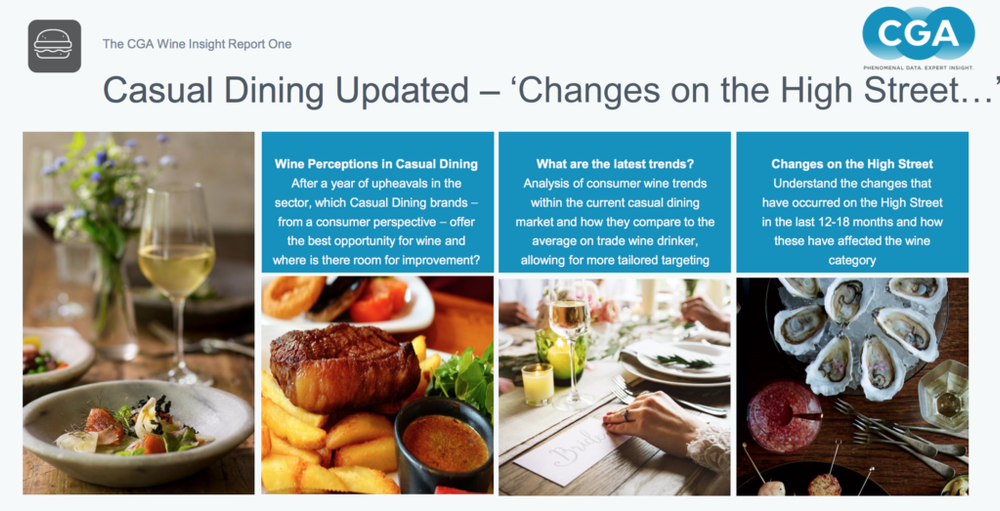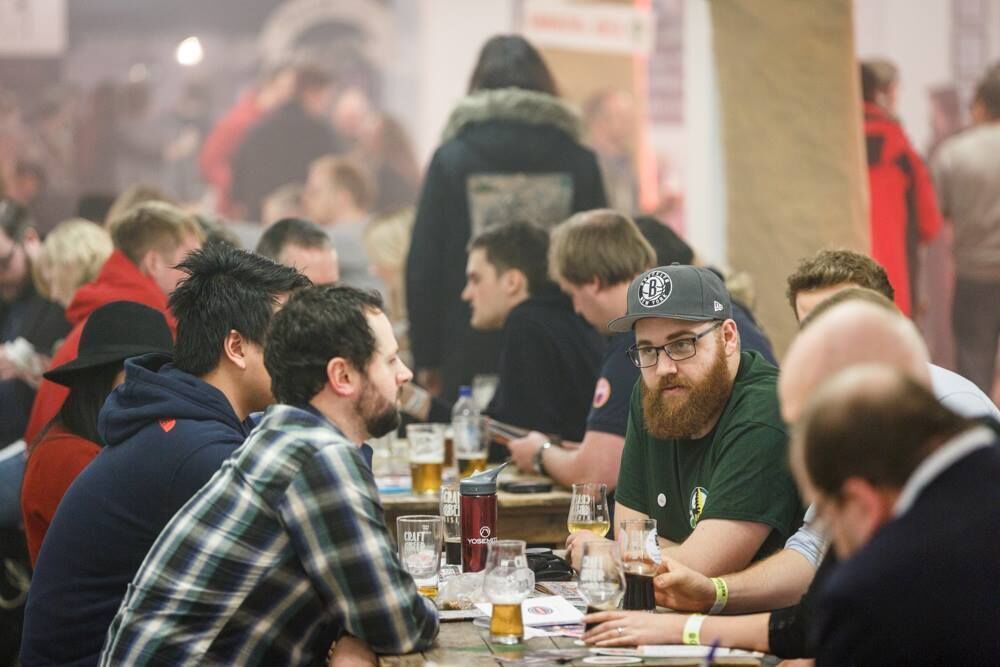Richard Siddle crunches his way through the latest CGA report to set out the key reasons why it’s worth investing in a copy of its latest report: The Next Big Thing for Wine? The last in a series of four reports covering all aspects of wine in the on-trade that are still available to buy.
Now gin, beer and wine have all, one way or another, been around long enough to make it hard to truly re-invent themselves as new categories.
But whilst gin and beer have been able to ride on the back of the emergence of craft and flavoured products, wine for the most part has had to rely on simply finding new and different ways for people to carry on buying either red, white, rosé and sparkling. Which means in recent years a lot more focus has been placed within wine on how and where it is sold, the training that goes into it, the knowledge of the staff, and the various ways it can now be sold, with the emergence of ever more creative and effective dispensing machines.
All of which are very much at the heart of the fourth and last of the latest series of Wine Insight Reports produced by CGA, in partnership with The Buyer.
This time round the focus is on “The Next Big Thing in Wine” and how it’s not just wine per se that on-trade operator need to be concentrating on but all the ways in which they are bringing wine to the market and the to their consumers.

Finding the right approach for different consumers is key to helping them feel more comfortable about the wines they buy says CGA
One of the stand out figures from this new report is the fact that 40% of regular on-trade visitors say they have “an active” interest in wine. Which on the face of its great news. But dig a little deeper and the problem for wine in the on-trade is that only 6% of people drinking in the on-trade would consider themselves “knowledgeable” about wine.
Meeting the challenge
So there’s the challenge and the opportunity right there. Particularly when 69% of the 6% said they had tried a new wine in the last six months.
That said we don’t know the figures for gin and beer in the same way, but those categories are not hampered and held back by people feeling they should in some way be “knowledgeable” about them in the same way we are about wine. Not knowing your Pinot Gris from your Pinot Grigio is a bit like not knowing your ‘As You Like It’ from your ‘Master of Two Servants’. It says more about you as a person than it does your ability to have a good time on a night out.

Wine vending machines may not seem like the ‘next big thing’ but they are to those consumers who are just discovering them
There is therefore far more onus on on-trade players to be doing all they can with recommendations, tastings, menus and interactive serving tools, like Enomatic machines, to break down the barriers of buying wine.
The ‘Next Big Thing For Wine?’ is all about helping the on-trade find new ways to reverse the on-going decline in wines sales, that fell another 5.9% in 2019 in restaurants, bars and pubs.
Focus on age groups
The report highlights important nuances in the best ways to increase the appeal of wine to different age groups. For example:
* The 18 to 34 year-old group feels most knowledgeable about wine and is much more likely than average to be influenced by bar staff’s recommendations and wine tasting events.
- Those aged 35 to 54 are more inclined to self-learn rather than seek advice, using educational wine menus to make their choices.
- Consumers aged 55 and over are the most demanding of staff knowledge—and they are the group spending the most money on average on wine too.
Mark Newton, senior partnership development manager at CGA, said: “We know that wine can be a daunting drinks category for consumers to navigate, and this report shows how a big knowledge gap is holding back sales. Tools like recommendations, menus and tastings can all help people to feel more comfortable about choosing wine, and greater confidence leads to greater spending. But consumers behave very differently in this complex market, and it is crucial to know which marketing levers to pull for which age groups.”

Pubs and bars have done so well in talking about their craft beers in fun, informative ways…less so with their wines
He added: “Operators and suppliers have done a great job lately in telling consumers stories about provenance and flavours in drinks categories like craft beer and gin. Learning a few tricks from these booming markets could help to inject fresh energy into the wine market in 2020 and beyond.”
The ‘Next Big Thing in Wine?’ report is based on CGA’s exclusive BrandTrack survey of British wine drinkers. It also reveals:
- A renaissance in English wine, sales of which are up 33% year-on-year
- Increasing innovation in serves, including self-dispense and canned wine
- Growing interest in wine-based spritz cocktails, with 72% of cocktail drinkers saying they would drink one out-of-home now.
It also shows how hard it its to turn people’s awareness of new wine trends into the ‘next big thing’. So whilst 55% of drinkers were aware of low and no alcohol wine products only 11% said they would ‘appeal’ to them to buy one. Forty per cent are aware of cans, but only 8% say it would make them want to buy a wine in a can.
The report does, though, show a willingness to learn. Of those who find flavoured wine appealing, 66% would be interested in taking part in a tasting and 62% would like to see more information to help them on wine menus.
The report is the fourth in a series that also covers.
Report 1: Casual Dining – Changes in the High Street. Available now.

The first in the series started with casual dining
The headline figures from this report make both encouraging and startling reading. For on the one hand the value of wine sales in casual dining restaurants has jumped by close to 7% in the last year, with nearly half of guests choosing to drink wine when dining out, but only a quarter of those guests actually rate the win choice as very good.
Data from this report highlights just how big this sector has become for wine. The 46% of consumers who regularly choose to drink wine in casual dining outlets is not only up on 2017, but is significantly higher than all other drinks categories, including lager (31%) and cocktails (21%). The report also looks at which type of casual dining restaurant is most tuned into wine, and picks out the Italian-focused brands such as Carluccio’s, Prezzo, Jamie’s Italian, Zizzi, Bella Italia and PizzaExpress as leading the way.
Report 2: Global Origins

CGA new report shows how the Old World still controls the wine market
What regions and grape varieties within those countries are selling the most are of most interest to UK wine buyers. Whether you are looking to source wines to then distribute and push out to your restaurant, pub and bar customers, or you are a restaurant group, or sommelier, looking to buy direct. This it was the second in the CGA Wine Insight Report series is all about. The chance to take a deep dive into exactly what is selling and moving off wine lists and back bars across the country.
It shows that Old World countries continue to dominate the UK’s wine market, but consumers are increasingly open to new sources and varietals, and if they like the wines they taste then they are also willing to spend more for higher quality. Based on recent CGA on-trade data the value of GB total wine and Champagne sales remains in decline, down2.4% year-on-year, but it over indexes significantly against volume, which is down 7.4% year-on-year, which suggests spend is greater in relation to consumption. Wines from Old World countries accounted for nearly two thirds (63.4%) of volume sales in the last year, with France and Italy the two most popular countries.
Report 3: Threats to Wine

Wine is often not on the table at all when people are out drinking
Rival premium drinks categories, particularly spirits, are the ones to watch if wine suppliers and restaurant buyers are to keep hold of wine’s share in the on-trade, according to the latest CGA report.
The ‘Threats’ report looks closely at the trends within different demographic groups, particularly the role that younger and female drinkers have in dictating the overall picture. Interestingly one of the key findings is that there are actually more younger drinkers (18-34 year-olds) coming into the wine category, with 23% saying they have drunk more wine in the last year.
The ‘Threats’ report looks closely at the trends within different demographic groups, particularly the role that younger and female drinkers have in dictating the overall picture. Interestingly one of the key findings is that there are actually more younger drinkers (18-34 year-olds) coming into the wine category, with 23% saying they have drunk more wine in the last year.
The report also analyses the occasions when people are drinking wine, and there is perhaps not surprisingly a big difference between eating out and drinking only occasions. With 70% of consumers saying they ‘only’ or ‘mainly’ drink wine when eating, compared to 34% on drinking only occasions.
Pricing
- You can now buy all four reports for a discounted price of £2,000 plus VAT.
- You can still buy any of the four reports on their own for £850 plus VAT. So a saving of £900 if you buy all four.
- Reports are delivered in both PDF and Powerpoint formats.
- For more information, please contact Mark Newton at mark.newton@cga.co.uk.
- About CGA: CGA is a data and research consultancy covering the out-of-home food and drinks market, specialising in market measurement, consumer research and location planning. It is focused on analysing three key types of data – supply, demand and consumer – and then triangulates this data to provide an accurate picture of the overall out-of-home sector. Find out more at: www.cga.co.uk.
































